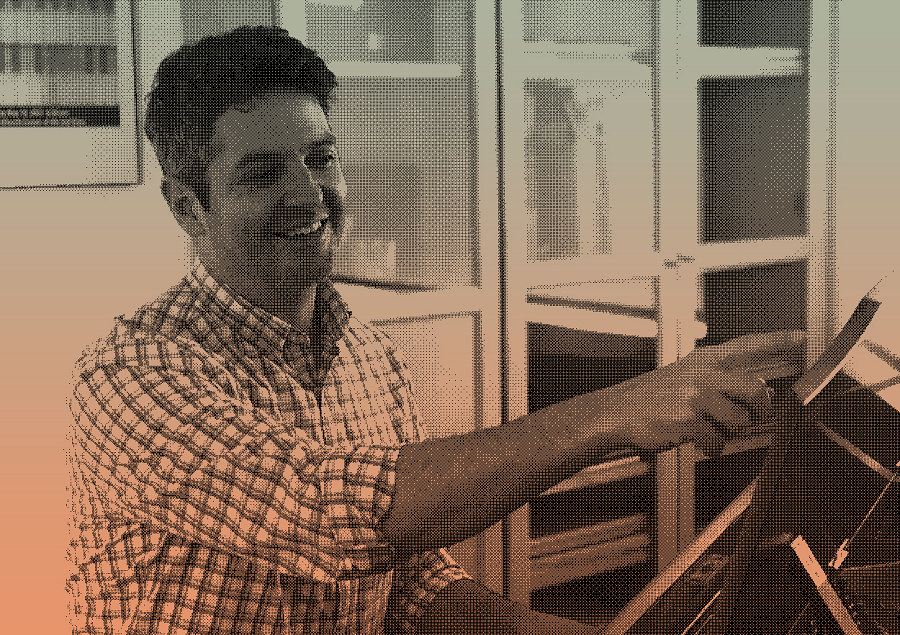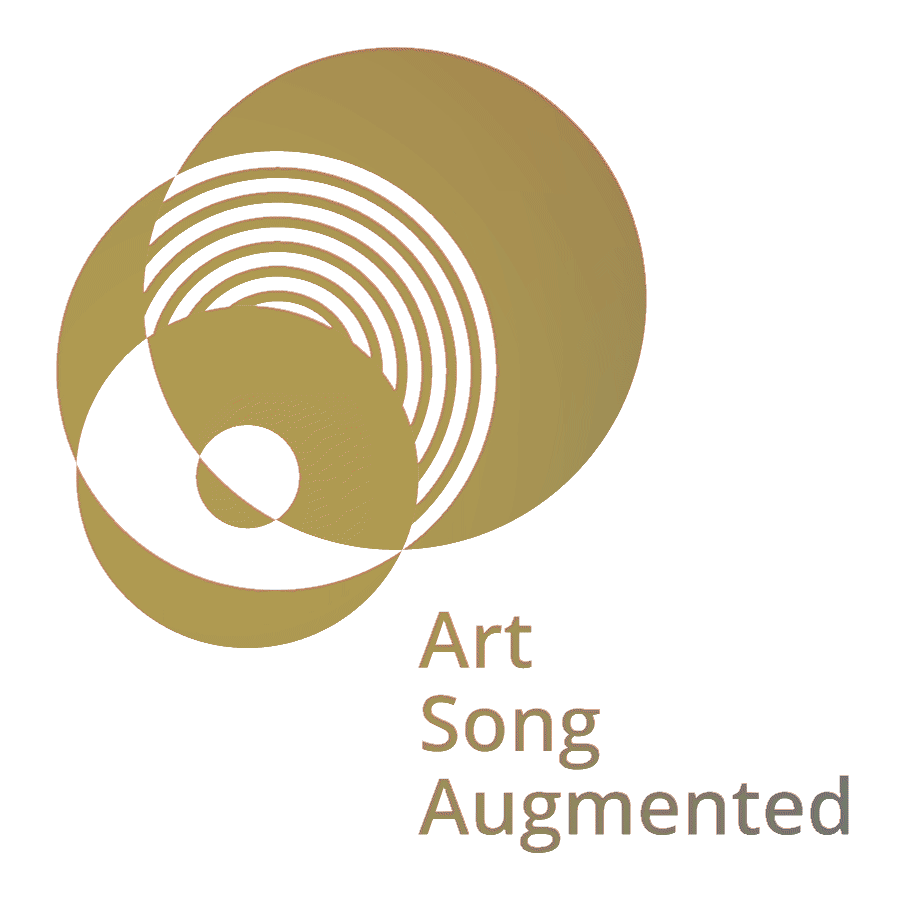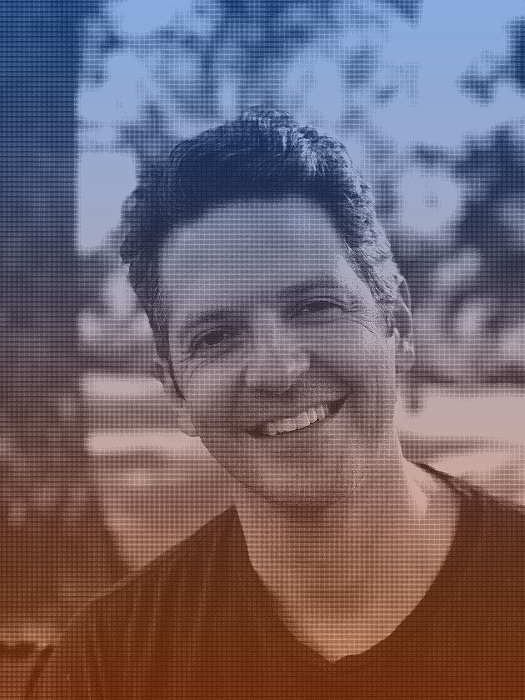ASA Creator
My name is Stephen Rodgers. I am a scholar who writes about music and poetry in art songs from the nineteenth century to the present. An Iowa native, I received my B.A. in Music and English from Lawrence University and my Ph.D. in music theory from Yale University. I have been teaching at the University of Oregon since 2005. In spring 2021 I was named the inaugural Edmund A. Cykler Chair in Music.
My Journey

For as long as I can remember, I have been a song lover. I’ve been singing and writing songs since I was a kid, and I’ve always been drawn to poetry, so it’s only natural that my scholarly interests would have gravitated toward art song. What fascinates me most about this genre is the way words and music come together into a whole that is greater than the sum of its parts, and the way the music of a song can reveal how a composer interpreted a poem. In my quest to understand how composers transform words into music I have explored a wide variety of composers, but especially marginalized composers, who are as vital to the history of art song as the more famous figures that have dominated the scholarly literature, the concert hall, and the classroom.
Another passion of mine is sharing this repertoire with people outside academia. The most powerful way to ignite interest in this music, I believe, is if scholars and performers collaborate with one another, and if they strive to make their work as accessible to as wide an audience as possible. For me, that has meant engaging in more public forms of scholarship, such as helping to found the Women’s Song Forum, an online forum devoted to women’s voices in song, collaborating with the Hampsong Foundation, a non-profit created by the baritone Thomas Hampson that promotes intercultural dialogue and understanding through song, and hosting a podcast about poetry and song called Resounding Verse.
I live in Eugene, Oregon, with my wife, Lindsey, and my sons, Sam and Paul.
My Podcast
Each episode discusses one poem and one musical setting of it. The music is diverse—covering a variety of styles and time periods, and focusing on composers from underrepresented groups—and the tone is accessible and personal. If you love poetry and song, no matter your background and expertise, this show is for you.
The Songs of Clara Schumann, Cambridge University Press, 2023
The Songs of Fanny Hensel, Oxford University Press, 2021
Form, Program, and Metaphor in the Music of Hector Berlioz, Cambridge University Press, 2009
“Fanny Hensel’s Modern Legacy,” in Felix Mendelssohn and Fanny Hensel in Context, edited by Benedict Taylor, Cambridge University Press, forthcoming
“Women, Song and Subjectivity in the Nineteenth Century,” with Anja Bunzel, in The Cambridge Companion to Women Composers, edited by Matthew Head and Susan Wollenberg, Cambridge University Press
“Analysis, Performance, and the Deep Nineteenth Century: The Case of Marie Franz,” in The Lied at the Crossroads of Performance and Musicology, edited by Benjamin Binder and Jennifer Ronyak, Cambridge University Press, 2024
“Listening a Page at a Time,” SMT-Pod 3/3, February 8, 2024
“Softened, Smudged, Erased: Punctuation and Continuity in Clara Schumann’s Lieder,” in Clara Schumann Studies, edited by Joe Davies, Cambridge University Press, 2021
“Prolongational Closure in the Lieder of Fanny Hensel,” with Tyler Osborne, Music Theory Online 26/3, September 2020
“Fanny Hensel’s Sechs Lieder op. 9: A Brother’s Elegy,” in Rethinking Mendelssohn, edited by Benedict Taylor, Oxford University Press, 2020
“Fanny Hensel’s Schematic Fantasies; Or, The Art of Beginning,” in Analytical Essays on Music by Women Composers, edited by Laurel Parsons and Brenda Ravenscroft, Oxford University Press, 2018
“Music, Poetry, and Performance in a Song by Maria Schneider,” SMT-V: Videocast Journal of the Society for Music Theory 3/3, December 2017
“Schubert’s Idyllic Periods,” Music Theory Spectrum 39/2 (Fall 2017): 223–46
“Song and the Music of Poetry,” Music Analysis 36/3 (October 2017): 315–49
“The Fourth Dimension of a Song,” Music Theory Spectrum 37/1 (Spring 2015): 144–53
“Sentences with Words: Text and Theme-Type in Die schöne Müllerin,” Music Theory Spectrum 36/1 (Spring 2014): 58–85
“Fanny Hensel’s Lied Aesthetic,” Journal of Musicological Research 30/3 (2011): 175–201
“Thinking (and Singing) in Threes: Triple Hypermeter and the Songs of Fanny Hensel,” Music Theory Online 17/1 (April 2011)
“Musical Maps,” Women’s Song Forum, May 9, 2023
“Marie von Kehler and the Depths of Nineteenth-Century Lieder,” Women’s Song Forum, May 28, 2022
“The Simple and Stirring Songs of Marie Hinrichs,” Women’s Song Forum, August 2, 2021
“Exploring Lehmann’s ‘Evensong,’” with Christopher Reynolds, Women’s Song Forum, May 20, 2021
“Recording Fanny Hensel at Home,” with Verica Grmusa and Nicole Panizza, Women’s Song Forum, April 15, 2021
“Clara Schumann, Reading Against the Grain,” Women’s Song Forum, November 3, 2020
“200-Year Wait for a Fanny Hensel Performance,” Women’s Song Forum, January 15, 2022
Invited guest, Thomas Hampson’s World of Song, April 6, 2021
Guest host, Thomas Hampson’s Song and Beyond, with Larry Todd and Susan Wollenberg, April 27, 2021
Guest host, Thomas Hampson’s Song and Beyond, with Mark Burford and Carol Oja, April 20, 2021
Guest host, Thomas Hampson’s Song and Beyond, with Christopher Reynolds and Marian Wilson Kimber, April 13, 2021
Invited guest, Thomas Hampson’s World of Song, October 13, 2020
Invited guest, Jefferson Exchange, “UO Professor Studies the Music of Poetry (and Vice Versa),” December 6, 2019

